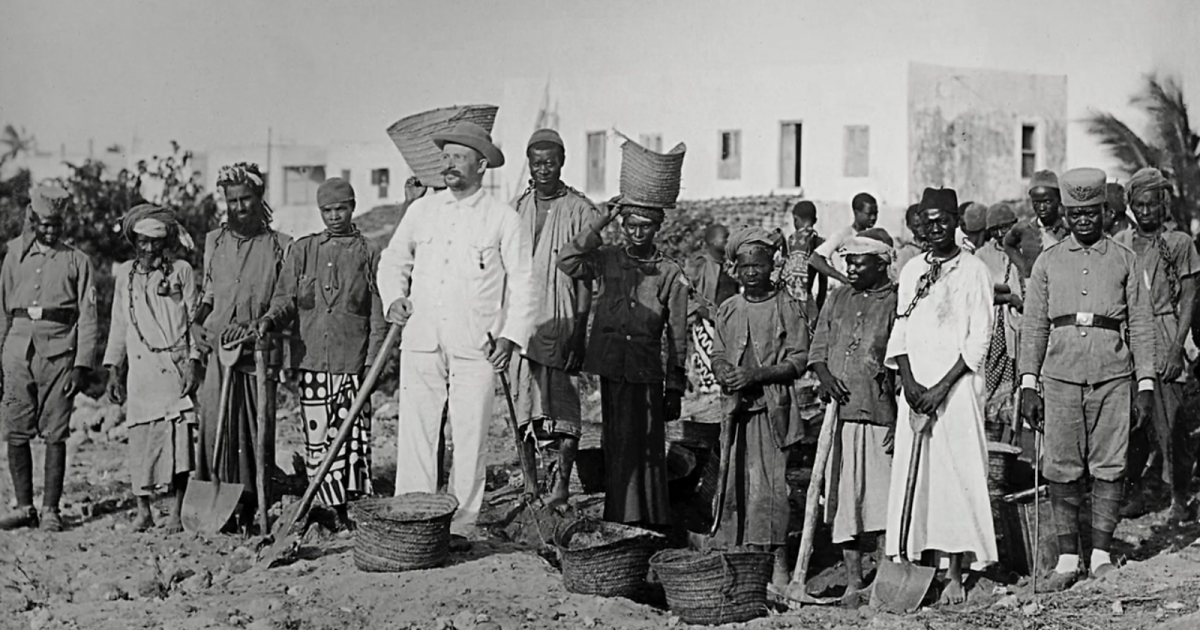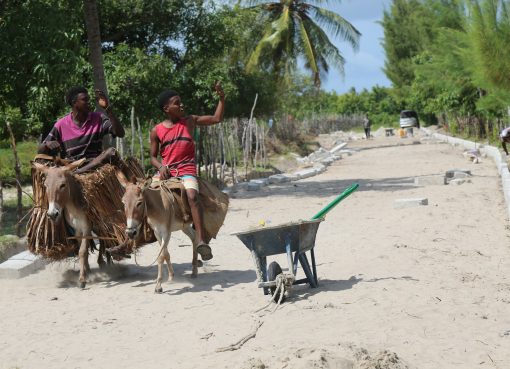The National Museum of Kenya (NMK) in collaboration with Pwani University has embarked on research and documentation of the slavery trade for preservation of history and academic learning.
Speaking to the media during the release of the slavery documentary at Mnarani Ruins in Kilifi, NMK Coast Regional Assistant Director Athman Hussein said indications are showing that the barbaric trade was carried out in Kenya but there is no adequate information and materials archived.
The research, which is supported by partners from Poland aims at collecting evidence of the trade and documenting the information in books, documentaries, and artifacts to revive its history for the next generations and learning by students and researchers.
“Mostly, the written history and what we learned in school, the story of slavery in the Kenyan part of East Africa is missing. It shows slavery in parts of Zanzibar, Tanzania, Mozambique, Malawi, and Tanganyika but information about Kenya is hidden. The reason is that there was no documentation and writings about slavery”, he said.
Hussein disclosed that the documentation of the trade is the beginning of the journey to unearth information that has been out of the public domain for the longest time adding that they have identified areas in Kilifi where the trade was done and are engaging the affected families for information.
He also explained that the history of the slave trade is equally important to the current and coming generations for learning about the past of Kenyan citizens for self-awareness to fight similar illegal activities such as human trafficking.
“We want a documentary like this to be shown in schools, its contents to be written in books so that in the future our children can know where we came from, and where we are and how such incidents will not happen again even in a different form”, he said.
In his address to the public, Pwani University Deputy Vice-Chancellor (DVC) for Research and Extension Paul Mwasimba emphasized the need for deeper research on the slave trade saying that there are many unanswered questions on where and how the business was carried out.
He added that the research is the starting point to find answers as they plan to visit more places in and out of the country to hunt for the information.
“It is true that there is information missing in the history. It does not connect where these people came from. For example, how far these slaves come from?” he queried.
“Were there slaves who came from Masaai land or Mount Kenya? How did they choose the slaves? Such questions need answers”, he said.
Archaeology lecturer at Pwani University Ibrahim Busolo, who participated in the research disclosed that apart from lack of information, the other challenge they faced was that most of the slave trade materials were not available in Kenya pausing the risk of copyright claims.
He added that lack of the information in the Kenyan archives is a wake-up call to the government of Kenya to start a serious research and documentation process to fill the gap in the nation’s history.
Kaviha Chengo, 56 years old resident from Mkengeni village whose family was affected by the slave trade narrated the experiences faced by his grandfather saying his fellow villagers were deceived by Arabs to enter their boats with a promise of getting dates, only to find themselves in the hands slave traders.
He said that he is happy and feeling relieved that finally, he has shared the story of the slave trade. He pleaded with NMK to preserve and share the story widely for the next generations to understand what happened to them many years ago.
By Jackson Msanzu





